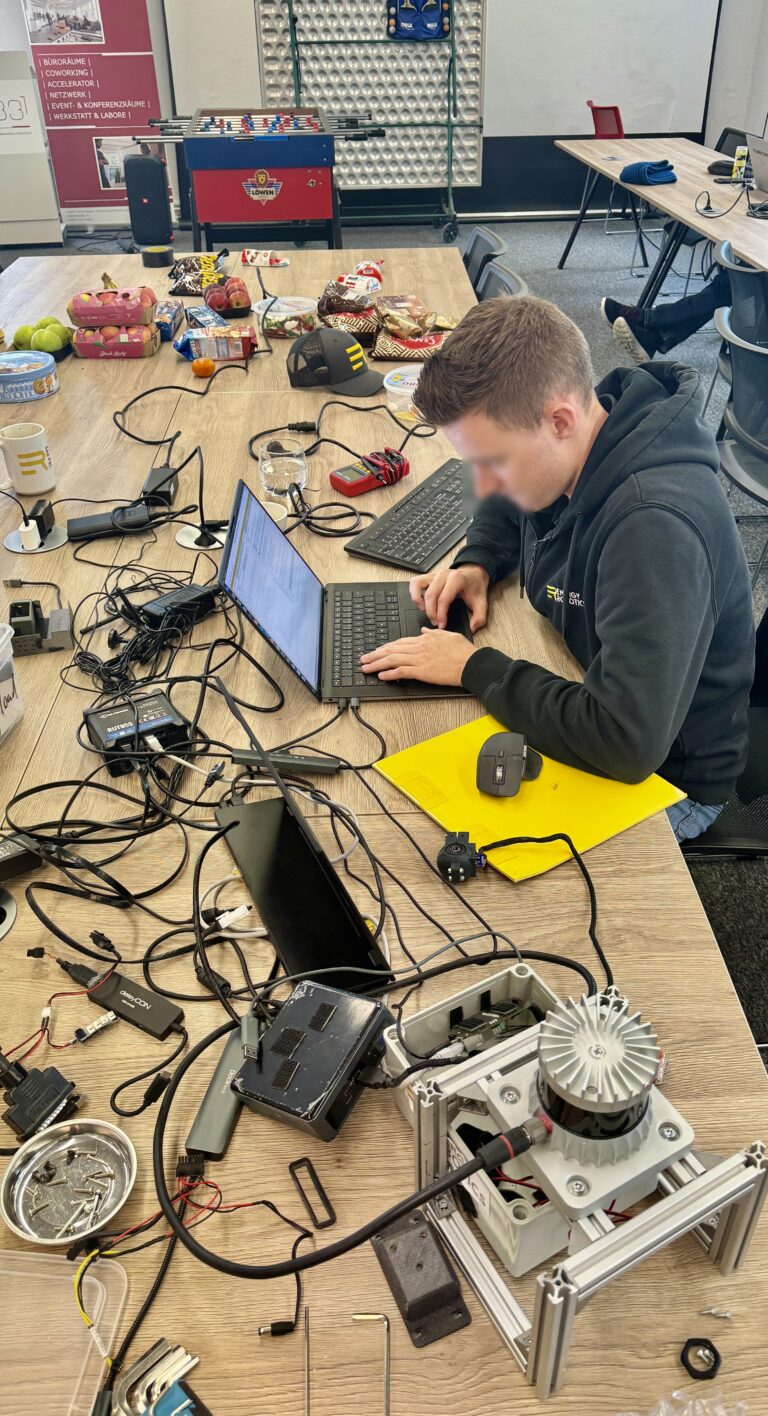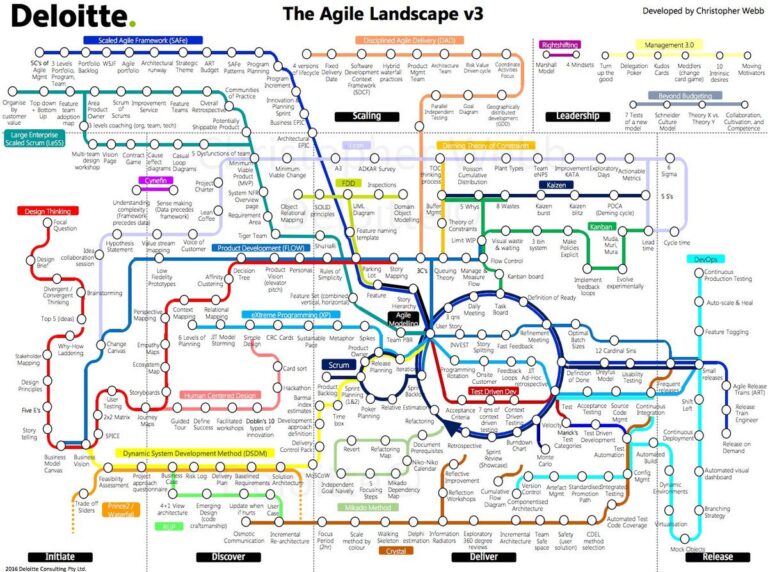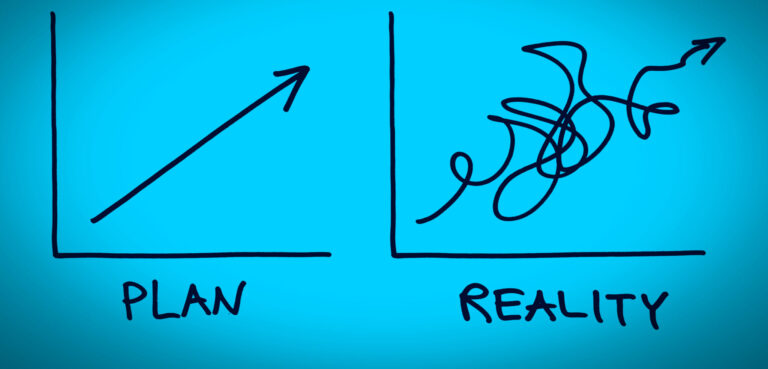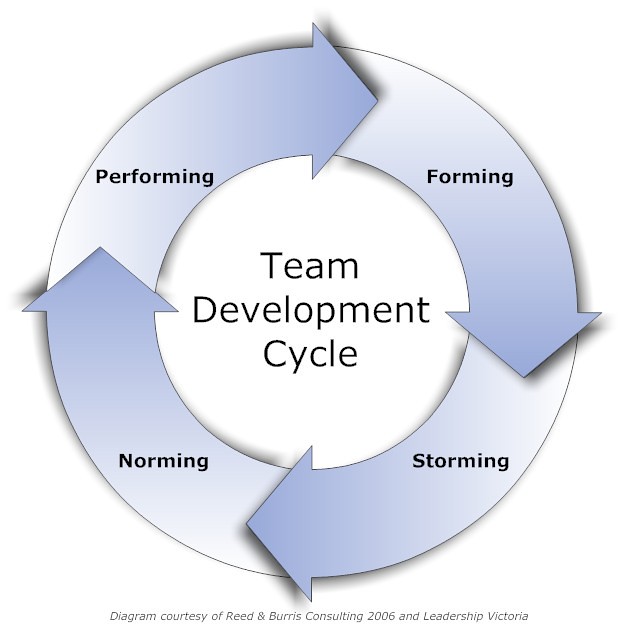Creating alignment in an organisation
Creating alignment in an organisation
Good alignment between the teams results in greater efficiency and faster value delivery to customers. Alignment also benefits the employees’ motivation because everyone knows what everyone else is doing, and everybody is on the same page so that stuck issues can be unblocked faster. This post summarises specific techniques that can be used to create alignment inside the teams and improve alignment between the teams.
Improving alignment inside a team
First, a team alignment requires some objective to align with. Therefore, the backbone of team alignment is a clear goal and understandable (to the team members) priorities. It is the job of the manager/ team lead to provide those. Of course, a manager needs to be strategic and think of long-term goals, however, s/he also needs to be capable of breaking the long-term vision into medium or short-term goals. Something much more tangible and reachable for the team to align with. Thus, alignment in a team can be reached only if a manager sets clear long-medium-short-term goals, explains why those goals are important and negotiates his/her expectations towards the team to achieve those goals.
The second component of alignment is transparency around what needs to be done and who does what. The list of tasks has to be visualised (tools for task visualisation) and constantly reordered according to their priority by the manager. Visualisation of tasks establishes transparency around responsibilities and progress, as well as fosters collaboration inside a team when colleagues see each other’s progress and thus may be able to help achieve results faster. Visualising tasks is often done using Kanban boards where tasks are listed in prioritised order in a single column, picked up by team members (assigned) and moved across further columns that signify specific stages in a workflow (example simple workflow: To-Do -> In-Progress -> Done). In this way, everyone knows what everyone else is doing. It is, however, important that the tasks are constantly re-prioritised so that the team is pulling the tasks of the highest priority.
The third component of getting a team aligned is regularly planning the work to be done in the short term. This should be done by a manager or team lead setting a goal and negotiating it with a team – a goal that the team is expected to achieve during a fixed short period of time. It is important that the manager/ team lead has also prepared a prioritised backlog of tasks that in his/her opinion should be completed to achieve the desired goal. Once the team has agreed to the proposed goal, it is the duty of the team to pull the tasks from the prioritised backlog that the team commits to complete during a fixed time period to achieve the set goal. This activity is called “pulling” (contrary to “pushing”) and it fosters greater accountability and ownership of work inside the team because team members themselves decide what tasks they commit to complete in a set period of time.
The fourth ingredient of team alignment is daily synchronisation inside the team. Every day the team should come together, using the board with the visualised tasks and their status – discuss the progress of each task, identify any impediments or blockers to the work and agree on how the team needs to collaborate during the day to get closer to achieving the set short-term goal. Usually, such a meeting requires 5-15 minutes; it can be conducted in person, online or in hybrid mode. Importantly, it replaces any other ‘planning’ meetings because it provides a good snapshot of where the team is, it also allows to synchronise the efforts and quickly agree on how to solve any problems on the way. Again – everyone knows where everyone else is, what’s the progress, what others are doing, what obstacles are there and how to overcome those.
Finally, team alignment is reached by a unified, open conversation channel for the team. Most often it is a chat channel where all the work-related conversations take place. Even if a particular topic relates to 2 members of a team – the conversation should still happen in the team’s channel because others may benefit from following this conversation in future. Direct messages and private chat channels should be avoided for matters related to work. A transparent daily communication forum for a team is an important source of information and discussion, as well as a place of trust that the team members can rely upon. Sometimes teams choose to establish closed (private) team chat channels to foster radical candour, however, it is not recommended since others in the company may also benefit from following team discussions – thereby creating wider synergies.
Creating alignment between the teams
The formal organisational structure of a company often does not reflect the forums where the decisions are actually made, where X collaborates with Y, or where the collaboration and discussions happen. Consider such questions as product strategy planning (regular activity) or a group of people across the organisation with specific expertise or interest (centre of excellence). These structures in a company have to be purposefully created, formalised and recognised. They need their own dedicated communication tools/ mechanisms, decision-making process, documentation practices, agreements on roles and responsibilities, as well as other ways of working. Thus, for a greater alignment between the teams – the forums where discussions happen/ decisions are made – have to be formalised and elevated as official structures in a company.
In a scenario where a project or initiative requires multiple teams to contribute – it is important to establish a collaboration mechanism that respects the autonomy of each team while providing enough information for the teams to be aligned. The general rule is that the collaboration should first start at the team lead/ manager level – the team leaders from multiple teams involved should solve as many topics as possible amongst themselves – without falling back upon their teams. For example, the team leaders could split the scope of a project and agree on which team will work on what scope. However, some synchronisation may be necessary later at the team level. To minimise the burden on the team – a regular synchronisation forum has to be established where representatives (they have to be rotated regularly) from each team participate – sharing the status of work products on their side and tuning into the progress of the other teams. The job of these ‘ambassadors’ is to return to their own teams and explain the status elsewhere as well as pass on to their team any other relevant information that should be taken into account during the planning process. In this way, cross-team alignment can be achieved without a heavy overload of meetings or involving all the team members.
Another important condition for alignment between the teams is demos – meetings where different teams demonstrate their work products – what they have achieved over a specific period of time. Demos can have a synchronous component when the teams present their completed work in a meeting together with other teams/ stakeholders; alternatively, demos may have an asynchronous component – a document describing the completed work products by each team. Usually, it’s a mix of both. Demos are important for everyone in a company to find out what others are doing – creating a company-wide alignment. Another benefit of demos is a greater sense of belonging and motivation: when employees realise all the great things the company has achieved – it is a reason to be proud to belong to such a distinguished group of people and contribute to the work done.
Lastly, sometimes alignment is necessary between all the teams of a company. For that – townhalls or all-hands meetings should be used. Management should explain the expected topic that requires alignment and why it is important. However, it has to be noted that townhalls are not great forums for discussion – rather the management should explain specific actions that all the teams are expected to follow. While using townhalls to achieve company-wide alignment my be useful, this approach takes away some autonomy from the teams, therefore, it should be used with care.
In summary, greater team alignment can be reached by mixing short-term goal setting and planning, task prioritisation and visualisation, as well as regular synchronisation and unified conversation channels. Alignment between the tams, however, requires formalising decision-making structures in a company, creating new alignment forums for team ambassadors, as well as using team demos and townhalls for fostering alignment.







